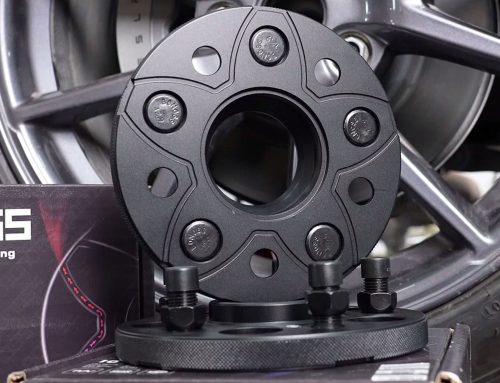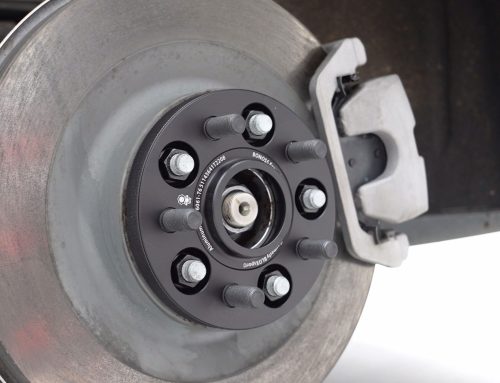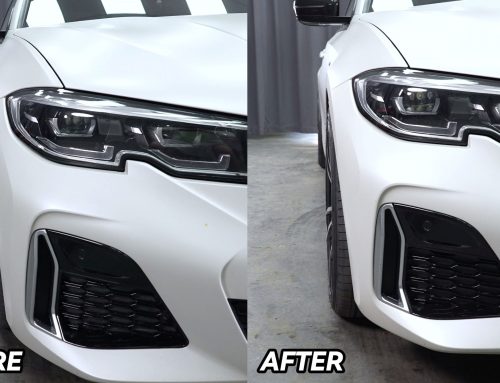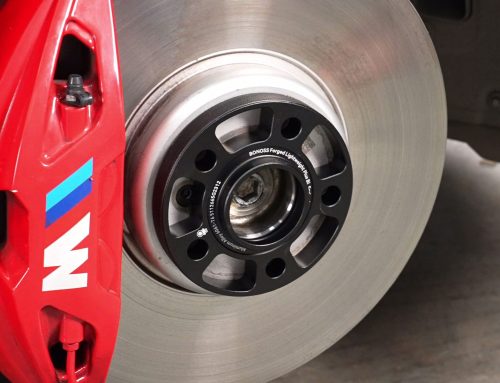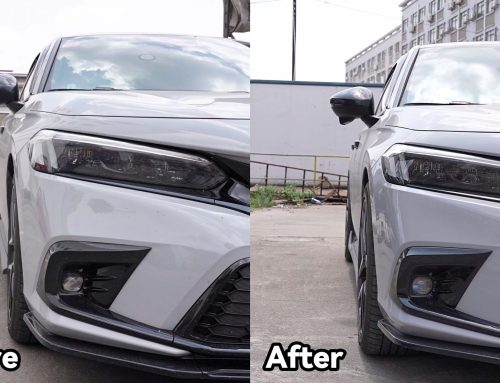There are various sizes of wheel spacers available on the markets. When purchasing wheel spacers, it is essential to know what size is best for your vehicle. The key factors include 1. thickness, 2. bolt-on or slip-on, 3. bolt pattern, 4. center bore. To ensure a reliable installation, it’s critical to measure the wheel gap. Take a straight edge and place it against the outermost part of the rims/tires, then measure from the outside wheel to the fender line to see how much space you have available. Repeat this on the front and rear wheels and you’ll soon get the perfect thickness that makes wheels flush with the fender. For instance, if the value is 12mm, then it is recommended to use 12mm wheel spacers. Knowing the base thickness, it is easy to find out the correct spacers you want.
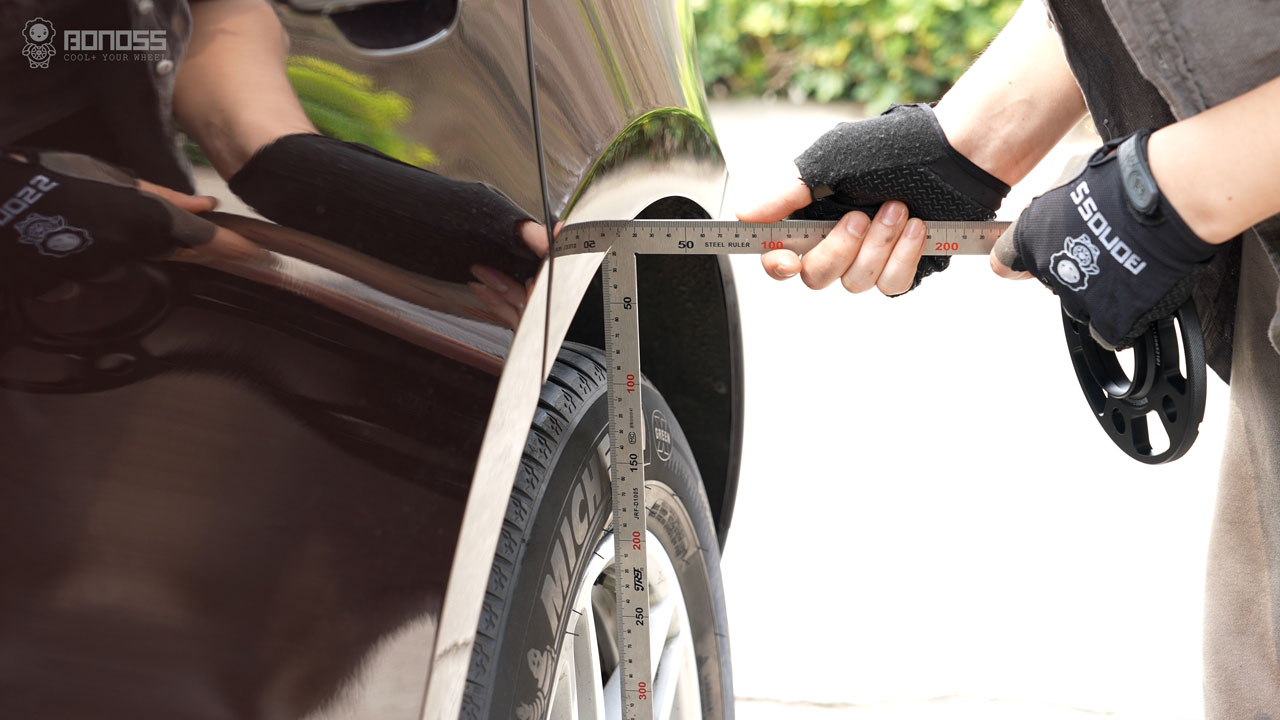
Bolt-on Wheel Spacers or Slip-on Ones
If the perfect thickness you need is around 3mm to 20mm, we will recommend slip-on wheel spacers. They simply slide over your existing wheel hub, secured by a set of new longer wheel bolts. Therefore, they are primarily made for vehicles that use wheel bolts rather than lug nuts. If you add high offset wheels or a wide body kit, then there is a pretty high chance you need bolt-on wheel spacers. Bolt-on spacers are available in large sizes from 25mm up to 70mm.
These spacers are fastened on the vehicle hub with special shallow-head wheel bolts. In most cases, you can remount the wheels on the spacers with original equipment wheel bolts. In this way, you don’t need any extended wheel bolts. Since bolt-on wheel spacers come with two sets of lug bolts, they can be built to bolt pattern conversions, such as 5×4.5″ to 5×5″, 5 lug to 6lug, and others.
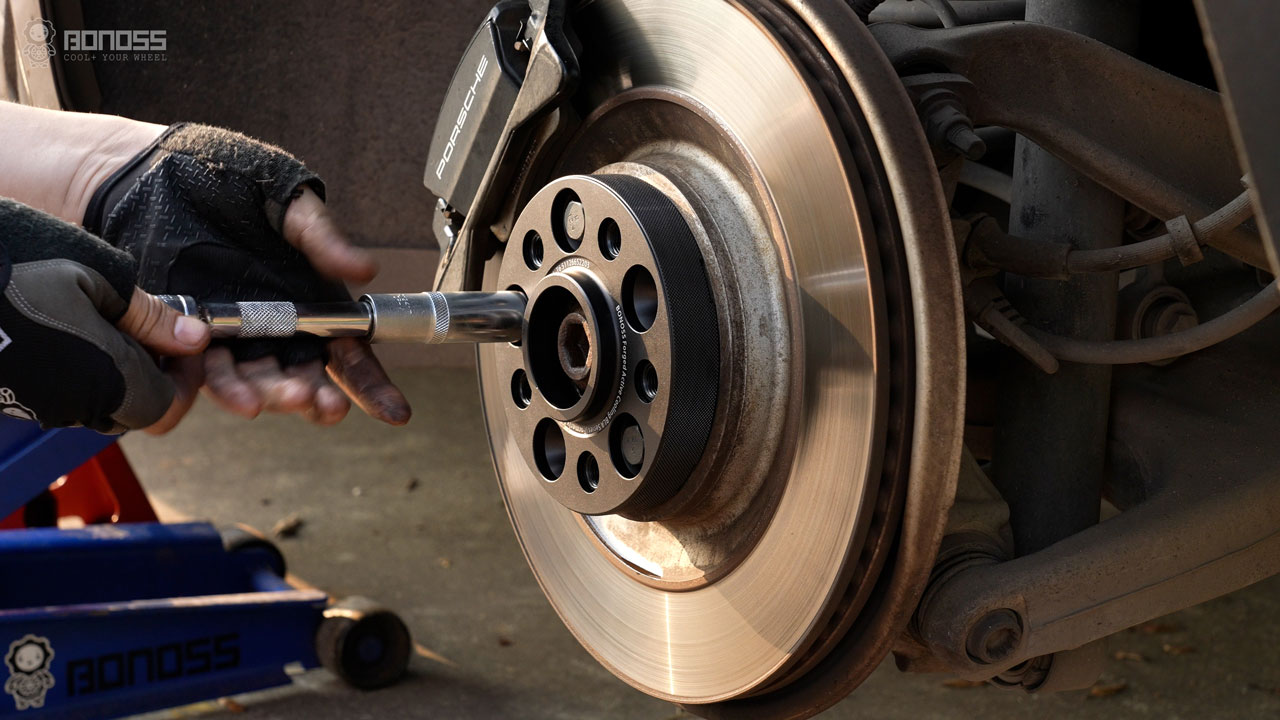
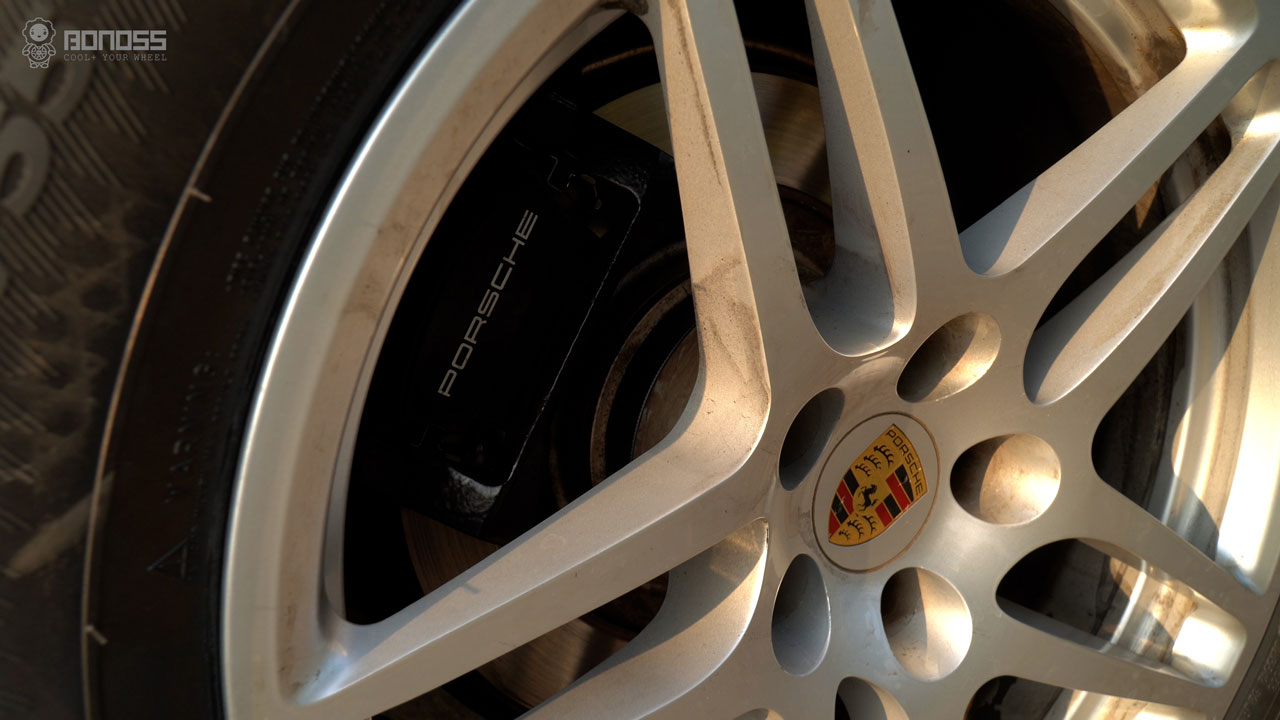
Bolt Patterns of Wheel Spacers
Figure out the thickness and type of wheel spacers, you’re halfway there. The bolt pattern is an important factor that determines whether these wheel spacers will fit your vehicle hubs. You can easily check the vehicle bolt pattern in your owner’s manual or search by the model and year on Google. When neither of the above works, rather than go on an exhaustive trek to get that information, just measure that lug pattern size handly.
Firstly, count the wheel lug holes. Most sedans and SUVs have 5 lugs on each wheel, some trucks and pickups have 6 lugs or even 8 lugs. This is not difficult. But you need to pay more attention to measuring the bolt pattern circle. For a 5 lugs wheel, pick one lug hole to start from, use a ruler to measure from the outer edge of that hole to the center of the adjacent hole (skip the one bolt hole). For a 4 or 6 lugs wheel, that is much easier, just measure center to center of two holes directly across from each other. Assuming you have a 5 lugs wheel and the bolt pattern circle diameter is 112mm, then the bolt pattern would be 5×112 or 5 on 112.
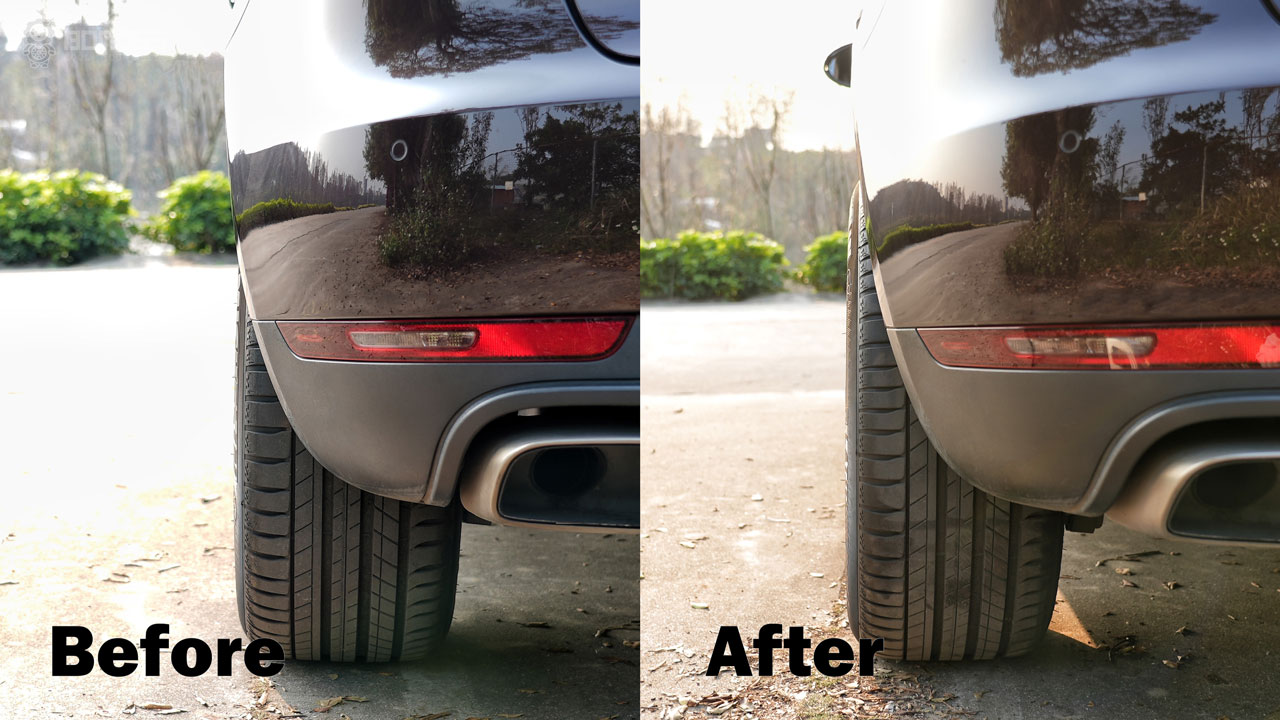
Center Bore of Wheel Spacers
Hub-centric wheel spacers are designed with center rings that fit perfectly the axle and the space inside the center bore of the wheel. If you would like a set of hub-centric wheel spacers, apart from the bolt pattern, the center bore diameter is another important factor. The center bore refers to the diameter of the hole in the center of the vehicle hub and wheel. To measure this, measure from one side of the center hole to the opposite side. If the size of the hub bore is different from the wheel bore, even they are the same bolt pattern, they won’t match.
Due to larger hub diameters, lug-centric wheel spacers will fit a wide range of vehicles. However, when installed, there usually is a space between the axle and wheel instead of a complete contact. This causes a degraded driving experience and could even fail depending on driving conditions.

